Feminism, from antiquity to the present
This gallery of feminist icons is a list still focused on the history of this movement to target your HG or EMC classes. It therefore excludes women of the 21st century. Furthermore, it only lists the first man to participate in this movement in order to focus only on what Women have done for Feminism.
The unequal struggle between men and women is first found in the texts of Euripides and in the poems of Sappho. Through multiple emblems of this struggle such as the Amazons, Simone de Beauvoir, and Gloria Steinem. Over time, the great stages of feminism will be established with the help of these icons of feminism:
Antiquity (from -3000 to 476)



The Amazones (around 700 BC) were in Greek mythology, strong and courageous women considered equal to men. They were described in the texts as beautiful and valiant warriors, always armed and dangerous.

Sappho (a vécu aux VIIe et VIe siècle avant J-C) was a Greek poetess of antiquity and was widely regarded as one of the greatest lyric poets. However, it is the fact that it is a woman who expresses herself at that time that is exceptional. She often used the terms lesbian and female homosexuality. "She thus defends the female place in society understood by the citizens: courtesans allow pleasure, concubines provide daily care and wives give legitimate children and are the faithful guardians of the home".
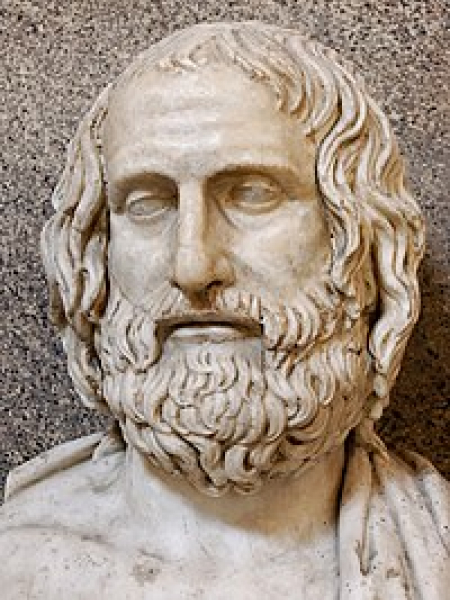
Euripide (-480 - -404) is known as one of the writers of Athens. He differs from his contemporaries Aeschylus and Sophocles, by associating the role of women to a major clue. Moreover, the Greek city excluded women by giving them an image of inferiority, unable to think, and to take part in public life. Therefore, he considers that women are among the "victims" of society.
Middle-Ages (from 476 to 1492)

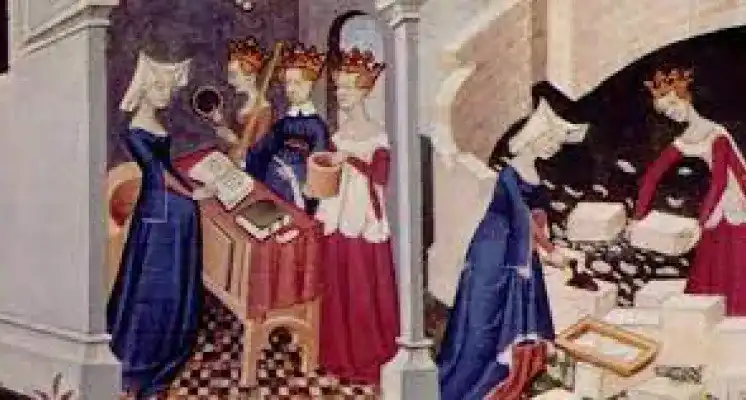

The beguines (13th century) were a community of feminist Parisian women. They were women, widows or single, who gathered to study, work as they pleased.
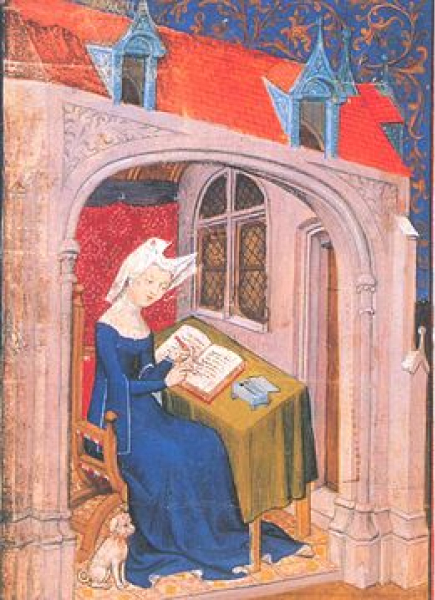
Christine de Pisan (1364 - 1430) was the first writer to examine the relationship between the sexes and to denounce misogyny. This French author is known for her works: La Cité des dames (1404-1405) and the Livre des trois vertus à l'enseignement des dames (1405).
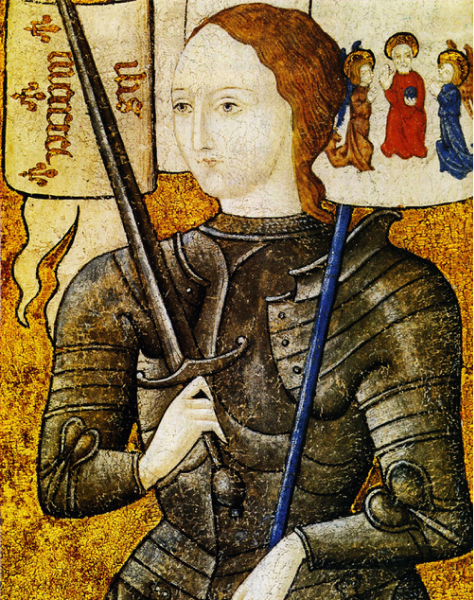
Jeanne d’Arc(1412-1431) is recognized as the first "mythical" woman in many countries because she inspired a multitude of historical, literary works, etc... Feminist claims did not exist in the 15th century. Joan of Arc did not present herself as a revolutionary, but she did shake up traditions.
Modern era (from 1492 to 1789)
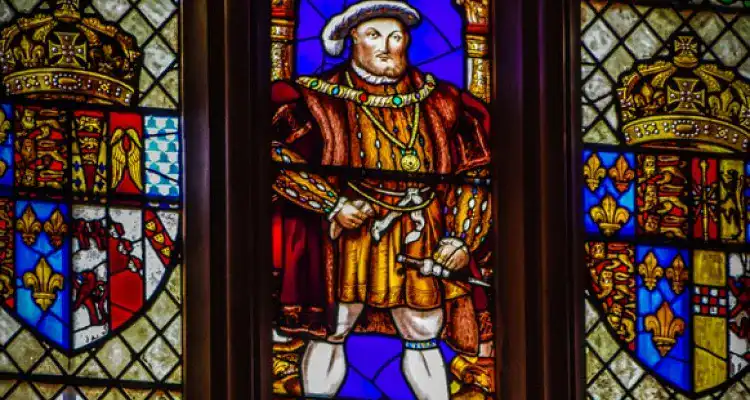
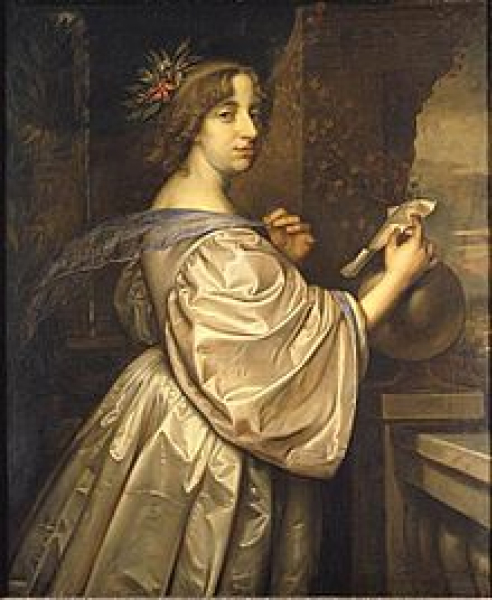
Christine (1626 -1689) does not consider herself as "queen", but rather as "king of Sweden". She is also considered a pioneer of feminism because she opposed the norms of society: refusing to marry, dressing as a man and smoking a pipe. She is a woman of character who knew how to confront all the criticisms of her entourage.
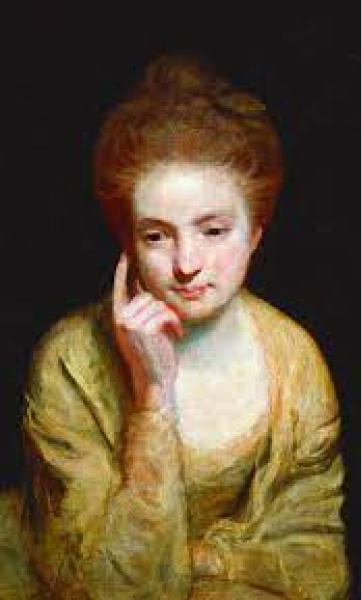
Mary Astell (1666-1731) is also part of those English women who rise against the male domination in the social system of the modern period. She therefore opposed a political system based on individual liberties but excluding women. Mary Astell shows that the assertion of women's inferiority is not philosophically tenable.
_by_Robert_Edge_Pine.jpg)
Catharine Macaulay (1731-1791) was indeed a woman of character, who opposed female stereotypes, with an insatiable appetite for knowledge, a solid philosophical culture and a real passion for history, to which she devoted most of her life.she wrote in 1790 in her Letters on Education, that the apparent weakness of women is due only to their insufficient education.

Olympe de Gouges (1748 - 1793) was the second woman guillotined during the French Revolution after Marie Antoinette. She was condemned because of her federalist and anti-Robespierrist public commitment. Her birth name Marie Gouze did not please her, she wrote as a self-taught with a pen name formed of the middle name of her mother and her birth name ennobled and embellished. Her reflection on injustice and the role of nature in domination can be found in her writings on the equality of the sexes, and she became involved in the Revolution by publishing the DDFC (Declaration of the Rights of Women and the Citizen).
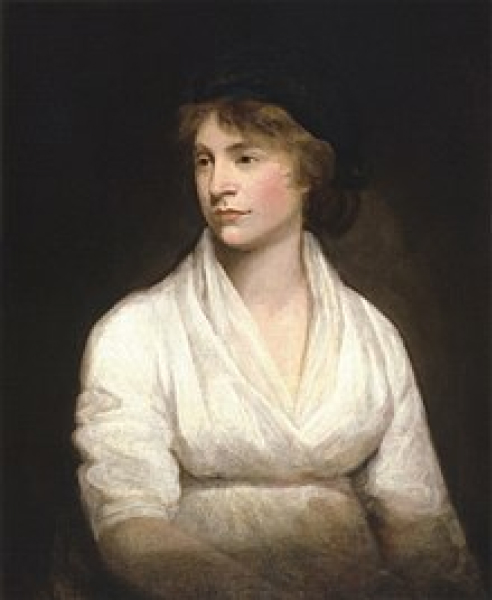
Mary Wollstonecraft (1759 – 1797) is an English woman of letters, and becomes a pioneer of feminism because she leaves several works on the theme of education and claims the education of women and equal rights.
Contemporary period (from 1789 to nowadays)
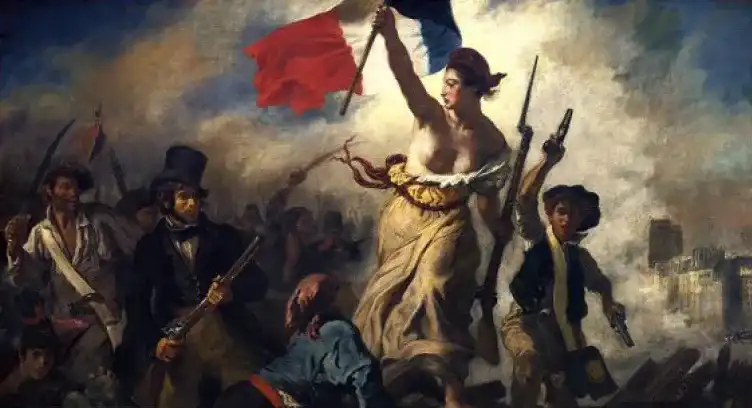
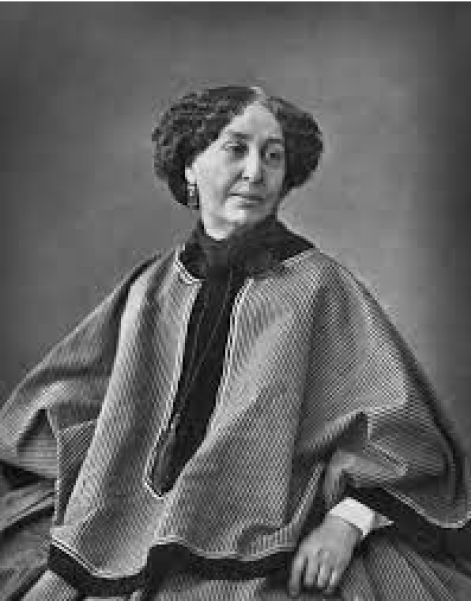
George Sand (1804-1876) is an "exemplary" feminist who focused on the freedom forbidden to women. Unlike her contemporaries, she constantly sought to be free. She was ahead of her time, and perhaps even ahead of ours.
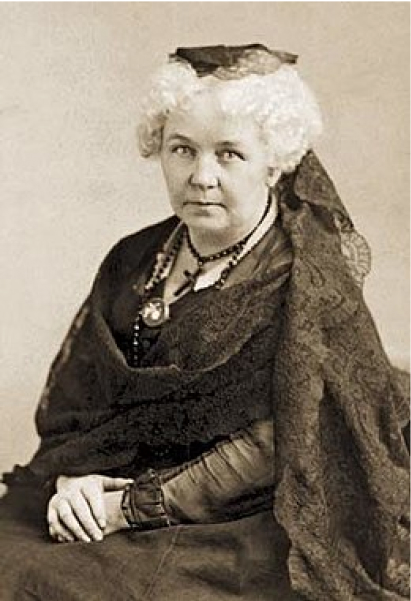
Elizabeth Cady Stanton (1815-1902) was one of the leading figures in the women's rights movement of the mid-to-late 19th century. Being an author, she became a leader in the first wave of feminism because she organized the Seneca Falls Convention in 1848. This event marked women's rights in the United States and led directly to women's suffrage in America.
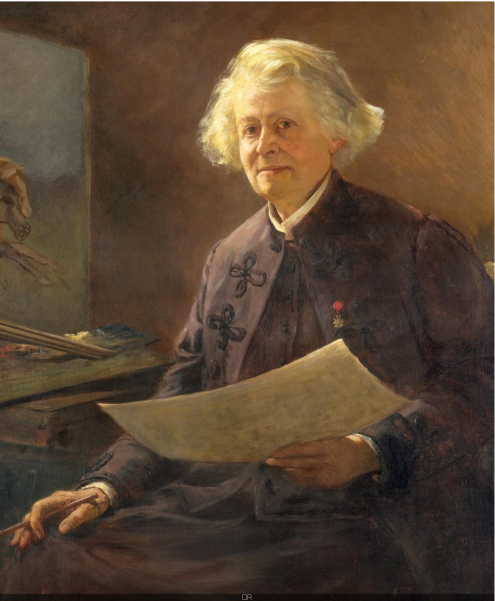
Rosa Bonheur (1822-1899) always vowed to uplift women by fighting the ideology that during the 19th century, women were unable to work and therefore unable to earn a living without their father, brother or husband. Thanks to this, she was the first artist to receive the cross of the Legion of Honor thanks to the Empress Eugenie.
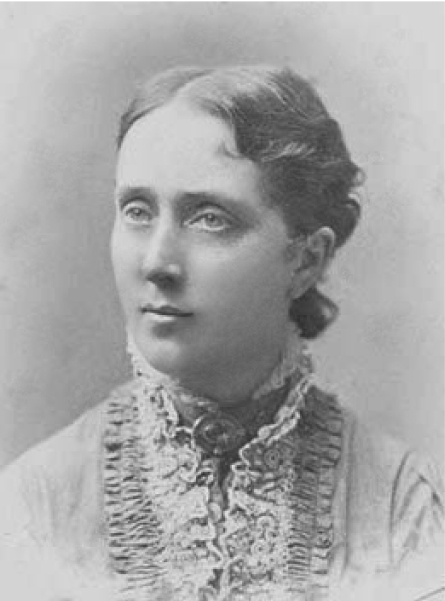
Rose Scott (1847-1925) in the 1880s, she held weekly meetings at her home in Australia to discuss issues such as voting rights and education with politicians and writers. So she was a women's rights activist who, in 1902, founded the Women's Political Education League, and thus succeeded in raising the age of sexual consent to 16. Later, Scott fought for improved rights for women in the workplace.

Marie Curie (1867-1934) is known for having created a school for women, with a diploma at the end. She succeeded in making women financially independent and in educating the daughters of workers and peasants. She did this thanks to the need for female emancipation, which was part of her values. The scientist thus became a figure of feminism by gathering a line of activists.

Madeleine Pelletier (1874-1939) graduated in psychiatry in 1906, making her the first French doctor. She made history by becoming the first woman to join the internship of the asylums in France. She managed to open this competition after a year of fighting against the exclusion of women on the right to vote.
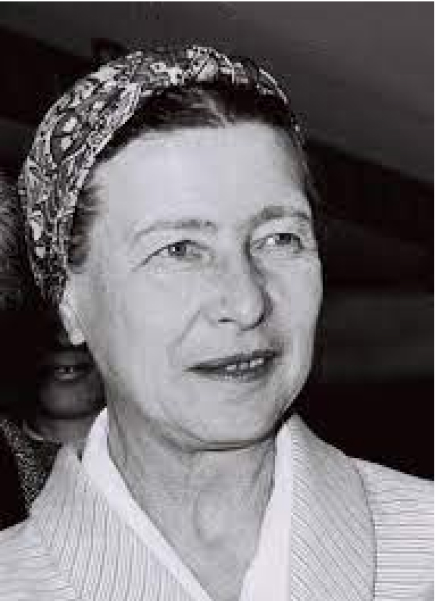
Simone de Beauvoir (1908-1986) is a French author who, through her writings on women's issues, became an important and well-studied figure in feminist theory. "The Second Sex" is one of her most popular titles, which has allowed Simone to be recognized as the starting point of the second wave of feminism.
.jpg)
Simone Veil (1927-2017) was appointed Minister of Health by President Valéry Giscard d'Estaing in 1974, which allowed her to legalize abortion, otherwise known as voluntary interruption of pregnancy (IVG). This law was later referred to as the "Veil Law".

Gloria Steinem (1934-) is one of the best known figures of the second wave of feminism in the United States. She is still active today. As a journalist, she co-founded Ms. Magazine in 1971, a liberal women's magazine that departed from all other sexist narratives of the time. As a result, she was a supporter of the Equal Rights Amendment, which eliminated legal discrimination based on gender, and Steinem helped organize women around the movement. Since then, she has been very active in lecturing and addressing women's social issues.
Read more fascinating articles
Feminism, from antiquity to the present
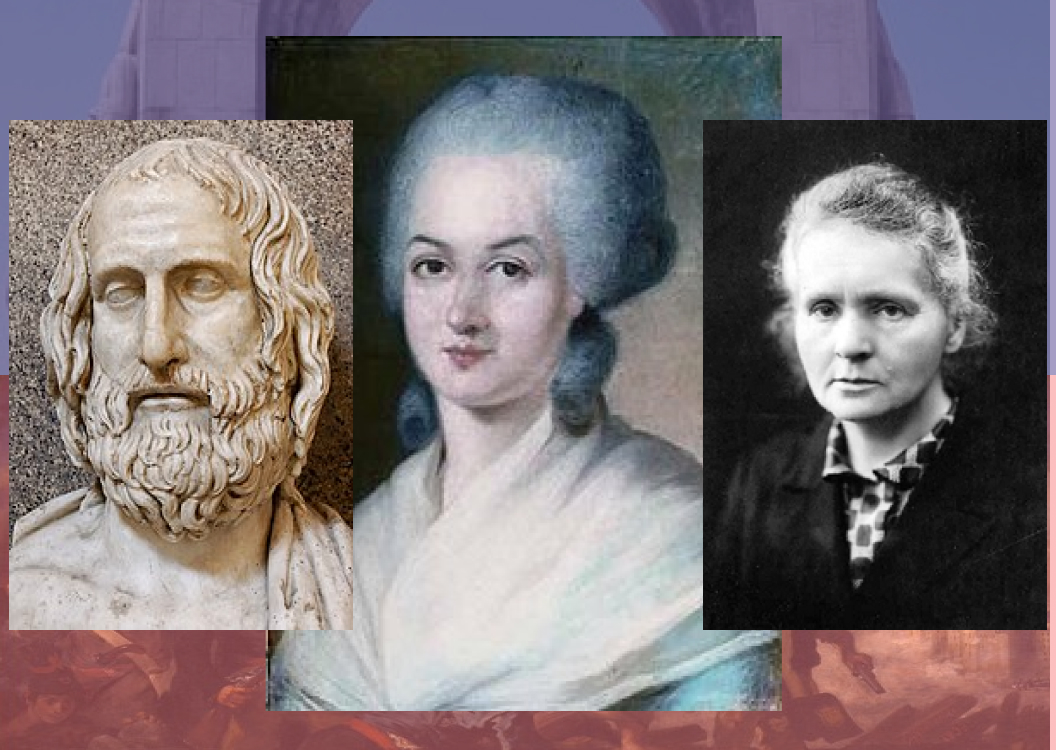
The world as you know it has not always been so equal. You will see how the position of women has changed from ancient times to the present.
Chronology
WRV Timeline
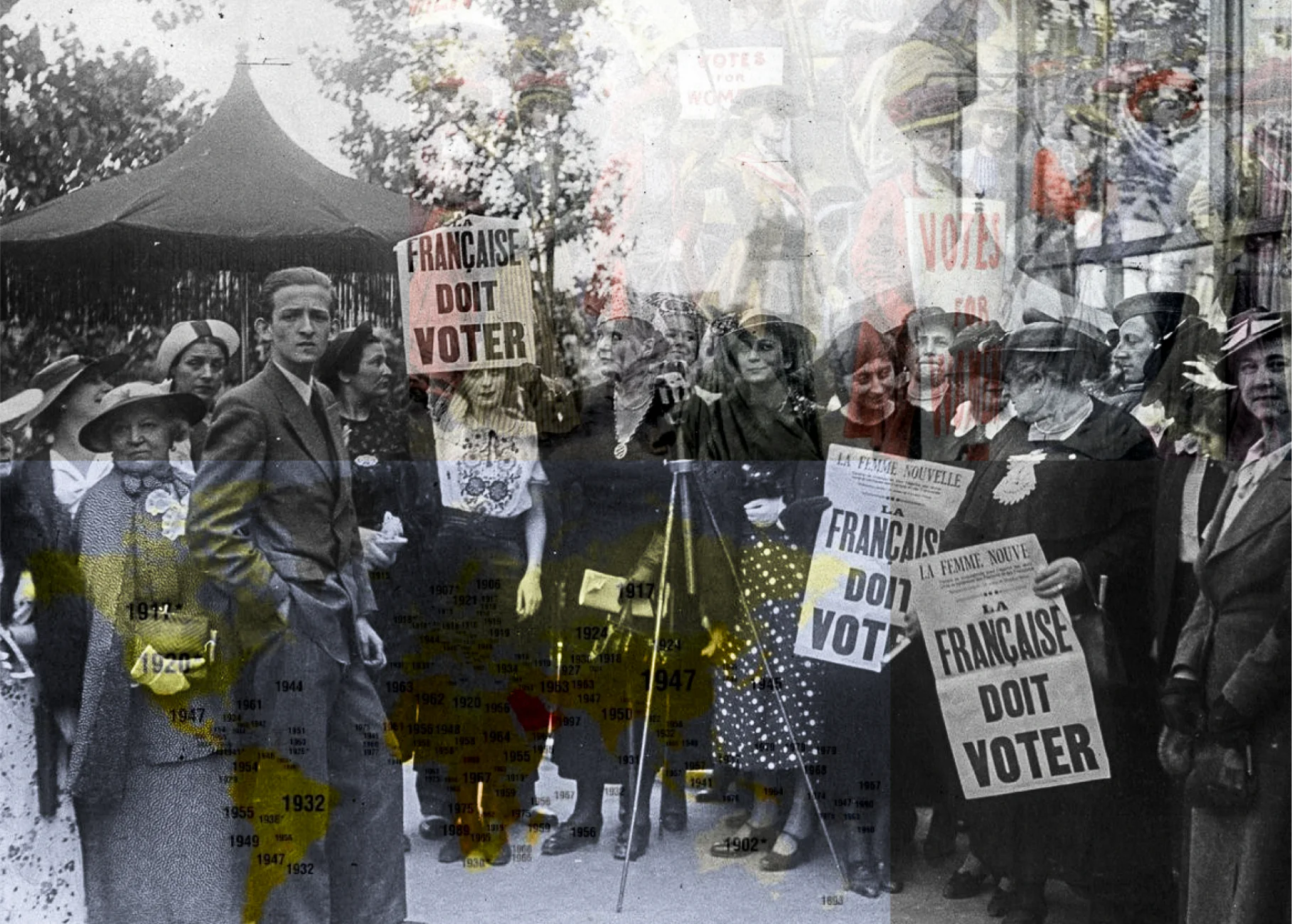
You will know for more than 50 countries, the date corresponding to the access to the Right to Vote for Women.



